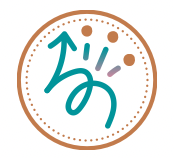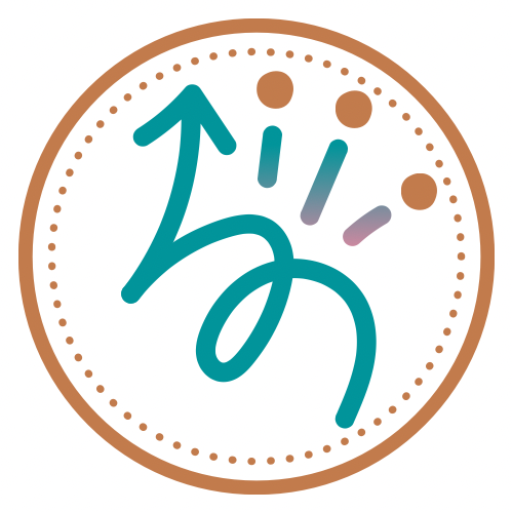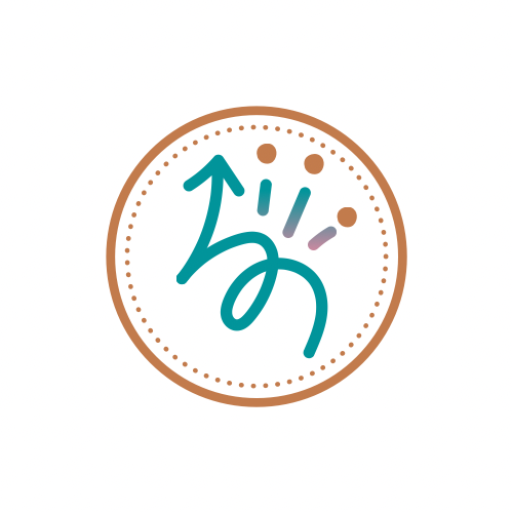No-Sew Universal Cuff Device For Better Utensil Control
Universal cuffs, or u-cuffs, are designed to help individuals with a weak grip, or limited fine motor control, use a handled utensil independently when unable to maintain a grasp. This type of assistive device can help users with a weak grip strength have more control while gaining independence in activities of daily living. Quick and easy to set up, this DIY occupational therapy project requires no sewing. Tips for putting on the U-cuff one handed are included.

This content is not intended as a substitute for medical treatment, diagnosis, or treatment. Always seek the advice of you physician, therapist, or other medical professional regarding a medical condition or treatment. See full disclosure here.
All links in this post are non-affiliate links and are provided for your convenience.
Universal Cuff Project Background
Back in occupational therapy school, my professors sometimes gave assignments requiring us to make therapy tools and games by hand. I loved these types of assignments: Hands-on creativity at its best. It’s one of the many reasons I love OT!
One day, as our class gathered around the therapy table for a demo on how to safely transfer a patient our first year of school. Our professor, with her witty sense of humor and quick with a joke personality, showed us how to make this crazy easy universal cuffs using a scrunchie. Mrs. Mary, my professor, was pretty awesome.
Of course, at the time, I had no idea a scrunchie could serve as a universal cuff. Yes, you can get out the sewing machine or a roll of duct tape, and I will do that tutorial one day soon, but I definitely couldn’t skip this easy, keep it in your back pocket in case you need it tutorial.
To Mrs. Mary, one of my fabulous professors, I am so grateful for your words of wisdom, guidance, and passion for all things OT. My experience in OT school was pretty great, I must say.

What Is A Universal Cuff?
A universal cuff is typically made from a leather or canvas strap that fits snugly around the palm of the hand. It is often secured around the hand using an elastic strap.
This type of assistive technology can help individuals maintain a grasp on a spoon, fork, paint brush, or other type of handled utensil leading to improved independence in activities of daily living.
Who Might Benefit From Using A Universal Cuff?
Individuals who might benefit from using this type of adaptive equipment may have or experience one or more of the following:
- Limited fine motor control
- Weak grasp or grip strength
- Limited manual dexterity
- Weak finger strength
- Limited finger range of motion
- Stroke recovery
- Hand injuries, as approved by your therapist
- Tremors such as tremors associated with Parkinson’s
- Arthritis
- Limb differences
- Spinal cord injuries
- Cerebral palsy

Added Benefits Of Using A Universal Cuff
- Improved independence in self care tasks
- Less stress on the joints of the hand
- Improved comfort
- Universal design
- Versatile
- Helps reduce cramping of the hand
- Light weight
- Ergonomic comfort
- Improved independent living
- Interchangeable between various utensils
Position of the Universal Cuff
Position the no sew universal cuff based on the user’s needs and the utensil you/they are using. Different utensils may require a different position. See pictures below for reference. If you have questions regarding the use of the universal cuff for you or your loved one’s situation, contact your personal occupational therapist for more information.




What Types Of Utensils Can Be Used With A Universal Cuff?
- Feeding utensils such as a spoon or fork
- Hair brush or handled comb
- Writing utensil such as a pen, pencil, crayon, or marker
- Paint brush
- Toothbrush
- Offset spoon – an offset spoon can be helpful when using a universal cuff to achieve the correct angle in order to more easily bring your hand to your mouth.

Special Considerations
- Caution! Do not use plasticware when using a U-Cuff. It’s best to use metal feeding utensils.
- Do not use a rubber band instead of a scrunchie due to skin integrity. A stretched rubber band can damage the skin and cause pain and/or skin tears.
- For those with tactile defensiveness, take fabric texture into consideration before purchasing a new scrunchie.
- Also, it’s important to choose a scrunchie that fits the hand of the individual snugly when the utensil is in place. A scrunchie that is too loose, of course, will not correctly hold the utensil in place without slipping. Versus having a scrunchie too tight may cut off circulation. It is important to ensure a correct fit.
- Keep your scrunchie universal cuff in your pocket, bag, purse or even on your wrist when not in use. Even keep an extra one or two in your car or various places around the house when you might be in need of it. This type of DIY universal cuff can also be kept as a backup in case the one you typically use gets lost or left at home.
- Using an offset spoon or fork can be helpful when using a universal cuff to achieve the correct angle when bringing the hand to the mouth with ease. When purchasing an offset utensil, make sure to get the utensil needed for the correct hand dominance.
- Additionally, a swivel spoon maybe helpful to keep contents on the spoon or to avoid spills in the case of tremors and limited hand control.
- Check out this post on DIY built up handles. These are also great for individuals who have a weak grasp adding more ergonomic comfort with a wider gripping surface. And check out these DIY long handled utensil here.
Other DIY Projects You Might Be Interested In:
How To Make Your Own Universal Cuff
Materials
- Snug fitting, soft scrunchie
- Utensil of choice (no plasticware)



Instructions
- Slip the scrunchie over one end of the utensil (picture 1 above).
- Pull the scrunchie around the back side of the hand, and loop over the opposite end of the utensil. (picture 2 above). *Note: When using the DIY universal cuff with a spoon or fork, it’s easier to place the scrunchie on the spoon or fork end then wrap it around the hand and secure.
- Done. Adjust as needed (picture 3 above).
How To Put On The Scrunchie Universal Cuff One Handed




One Handed Instructions
- Hang the scrunchie on the kitchen cabinet knob.
- While using a finger(s) and/or thumb, hold the utensil in place against the palm of your hand (picture 1 above).
- Place one end of the utensil inside the scrunchie (picture 2 above).
- Wrap the scrunchie around back side of the hand using the knob to maintain the tension (picture 3 above), and secure the scrunchie over the other side of the utensil (picture 4 above).








